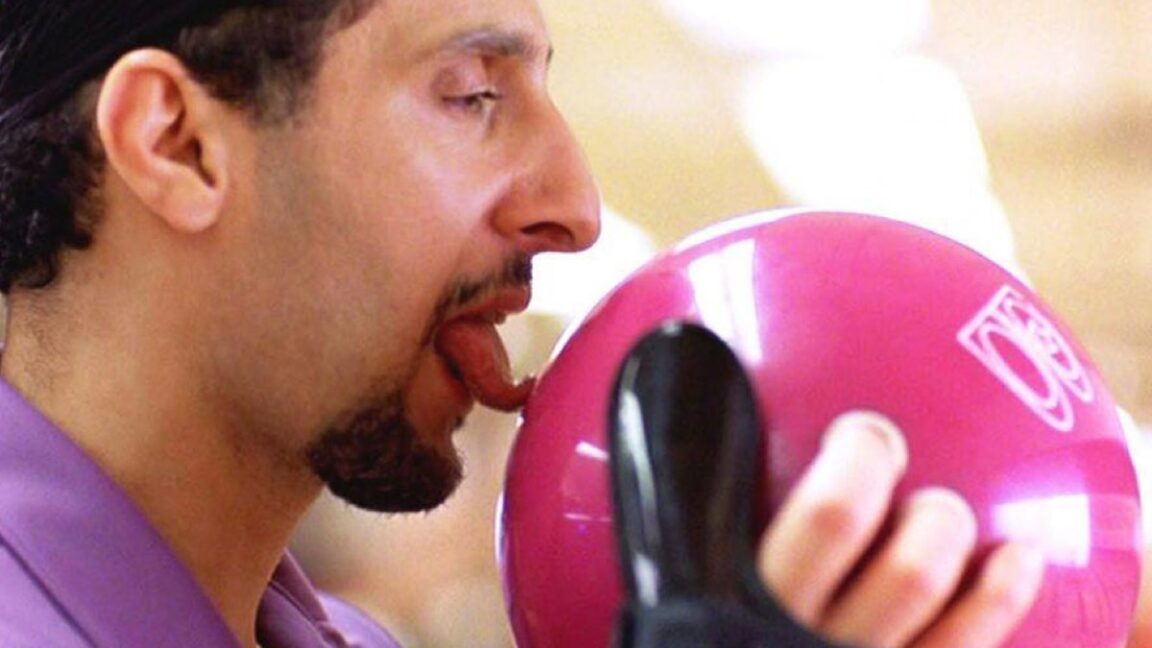
"Bowlers nowadays depend on instinct and experience, earning through extensive practice to enhance their strike percentage, but physicists have developed a model for better predictions."
"A team of physicists, including skilled bowlers, has created mathematical equations that consider oil patterns, ball asymmetries, and player variability to accurately predict bowling trajectories."
"The complexity lies in the numerous variables influencing a bowling ball's path, especially the oil layer's inconsistent application leading to uneven frictions across lanes."
"Historically, research focused on statistical analyses of empirical data, like those from the US Bowling Congress, lacking the precision found in this new physics-based approach."
More than 45 million Americans enjoy bowling, with millions awarded in competitions. A new mathematical model by physicists aims to improve predictions of bowling ball trajectories by accounting for various factors, including lane oil patterns, ball asymmetries, and player differences. This model reflects their passion for bowling and advances beyond previous empirical methods relying on statistical data. The research acknowledges the role of the oil layer's variable properties, highlighting the complexities inherent in predicting bowling performance more accurately and providing deeper insights into gameplay efficiency.
Read at Ars Technica
Unable to calculate read time
Collection
[
|
...
]